Secrets to Crunchy Vegan Fried Foods
11 min read Discover expert tips and techniques to achieve irresistibly crunchy vegan fried foods with perfect flavor and texture every time. October 02, 2025 00:05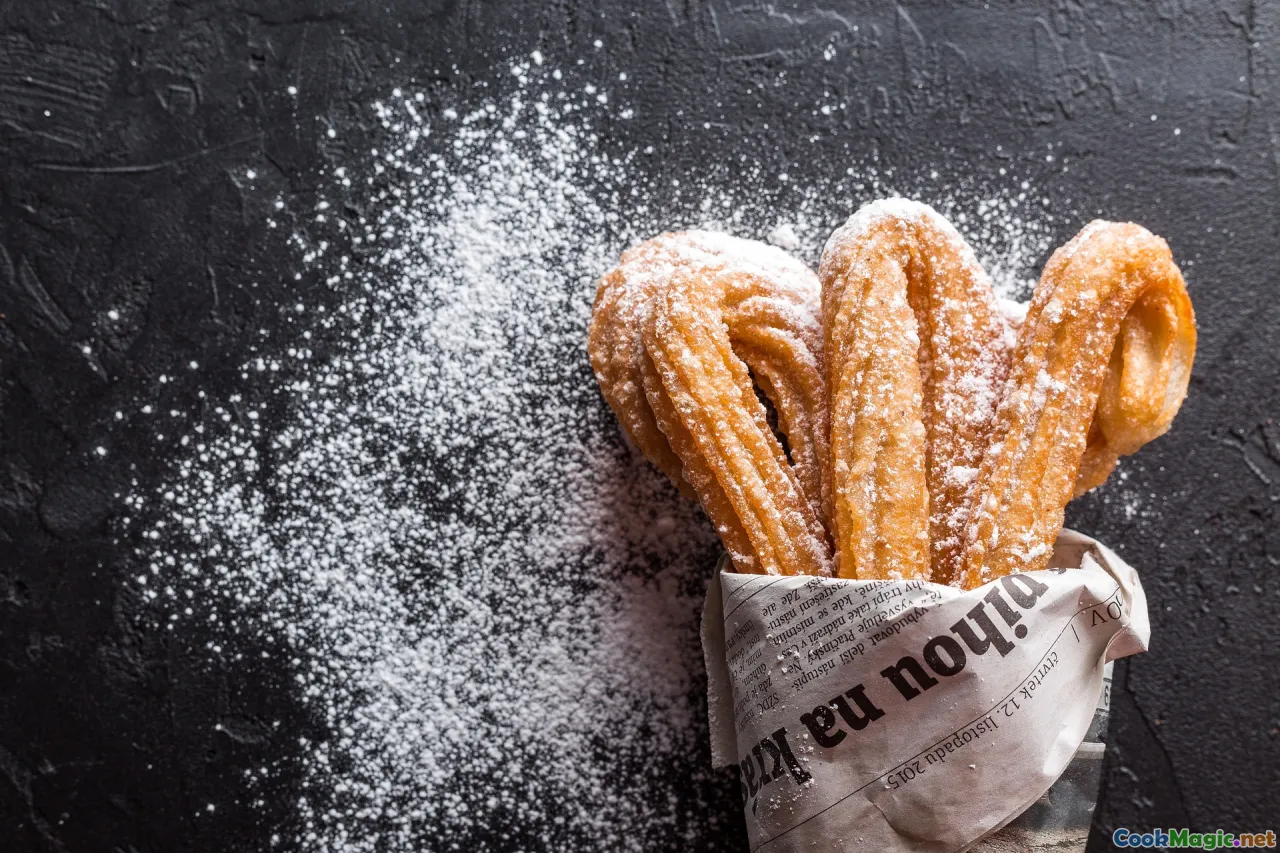
Secrets to Crunchy Vegan Fried Foods
Few culinary delights evoke the warmth of a crispy, golden-brown crust giving way to tender, flavorful insides. For vegan cuisine aficionados, mastering the art of achieving that signature crunch—without any animal products—is both a culinary challenge and a gratifying adventure. From the spice-laden streets of Kolkata to the plant-based innovations showcased at modern vegan festivals, crunchy vegan fried foods possess a universal allure that crosses borders and tastes.
In this article, we'll explore the secrets behind creating irresistibly crunchy vegan fried foods, blending science, tradition, and creativity. Whether you're craving the crispy edges of tempura, the hearty crunch of fried tofu, or the addictive skin of scented plantain chips, you'll find tips, techniques, and cultural insights to elevate your frying game.
The Science of Crunch: Why Some Fried Food Is Crispy and Others Are Not

Understanding the science underpinning crunch begins with recognizing the key chemical and physical transformations during frying. The primary goal is moisture management—removing enough water from the surface while preserving the core.
When you fry foods, two processes occur: dehydration and browning. The Maillard reaction, which happens between amino acids and sugars, imparts the golden-brown hue and complex flavors reminiscent of toasted bread or roasted coffee. Simultaneously, the hot oil sears the outer layer, creating a barrier that traps steam inside, ensuring that the innermost part stays moist.
For vegan fried foods, the choice of coatings, batters, and oils plays a critical role in achieving that sought-after crunch. High temperature, precise timing, and appropriate ingredient interactions contribute significantly to the final texture.
The Foundation: Selecting the Right Base for Vegan Fried Foods

The heart of many vegan fried dishes is the base ingredient—be it tofu, vegetables, fungi, or legumes. Each requires a different approach to maximize crunch and flavor.
Tofu: The Protein Powerhouse
Firm or extra-firm tofu becomes irresistibly crispy when well-pressed and coated. The key is removing excess moisture—press the tofu for at least 30 minutes, changing watercolor and ensuring a denser surface. For added flavor, marinate it in soy sauce, spices, or vinegar before coating.
Jackfruit: The Meaty Marvel
Young green jackfruit is wonderfully fibrous and lends itself well to frying, offering a bite reminiscent of pulled pork. Its moisture content demands thorough dehydration or breading that firms during frying.
Vegetables and Mushrooms
Bite-sized vegetables like zucchini, eggplant, or mushrooms absorb flavors beautifully and develop a satisfying crunch. For mushrooms, opt for hearty ecotypes such as king oyster or shiitake for better texture.
Legumes and Grain-based Bites
Falafel or chickpea croquettes use ground legumes that become crisp when fried. Excess moisture must be removed for ideal cohesion and crunch.
The Art of Coating: Achieving That Coveted Crunch
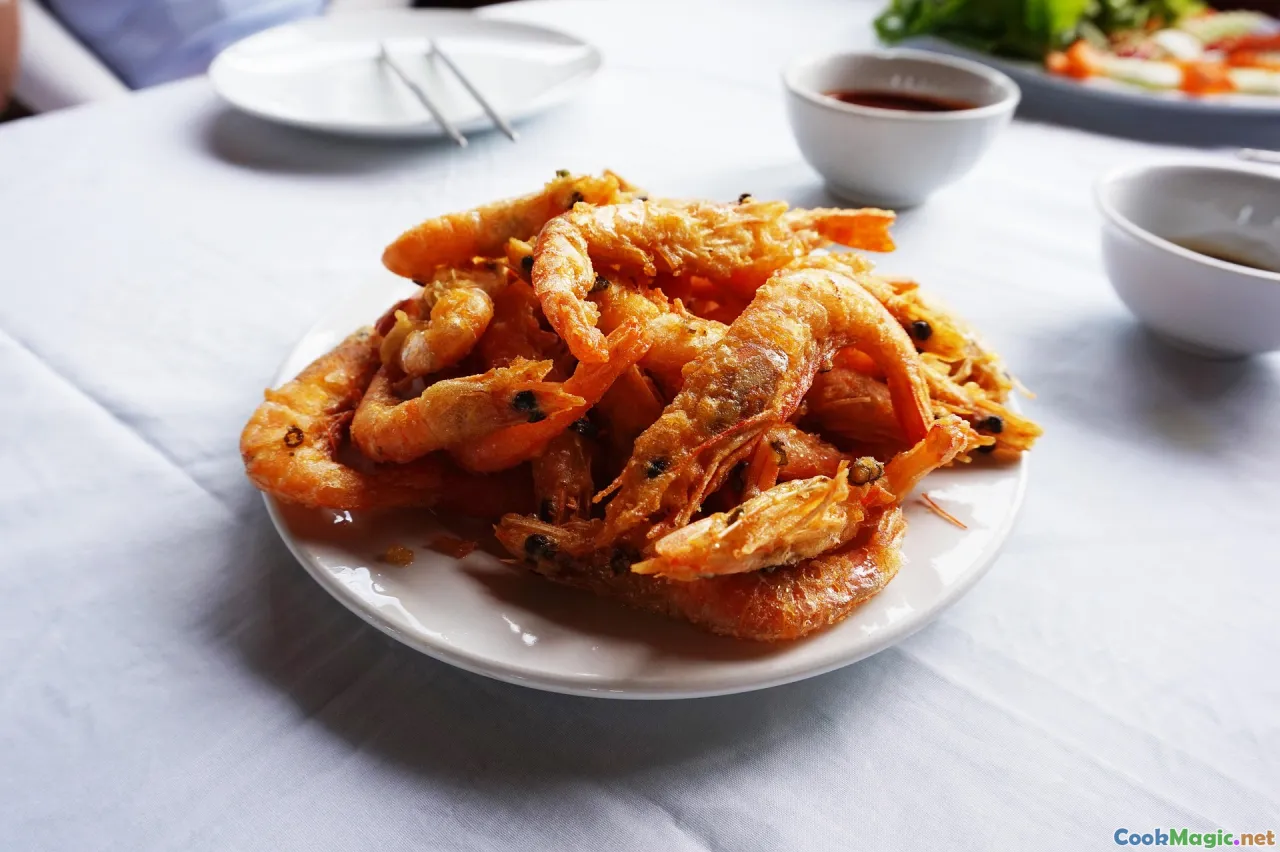
Creating the perfect coating is both an art and a science. It involves selecting the right ingredients, the proper technique, and understanding how each component interacts during frying.
Traditional Flour and Cornstarch Mix
Start with a simple blend of all-purpose flour and cornstarch—often in a 2:1 ratio. Cornstarch adds lightness, crispiness, and a delicate crunch.
Panko Bread Crumbs
Japanese panko are larger, coarser bread crumbs that produce a remarkably crisp exterior. For extra crunch, mix panko with gluten-free breadcrumbs or crushed rice crackers.
Batter Techniques
Tempura batter—made with ice-cold water, rice flour, and a pinch of baking soda—creates a lacy, airy coating that turns golden and crisp. Vegan tempura must exclude eggs; use sparkling water or carbonated mixers to keep the batter light.
Seasoning and Flavor Infusions
Ingredient additions like garlic powder, smoked paprika, curry powder, or nutritional yeast in the coating can elevate flavor while contributing to a more complex bite.
Frying Tips: Achieving and Maintaining Perfect Crunch
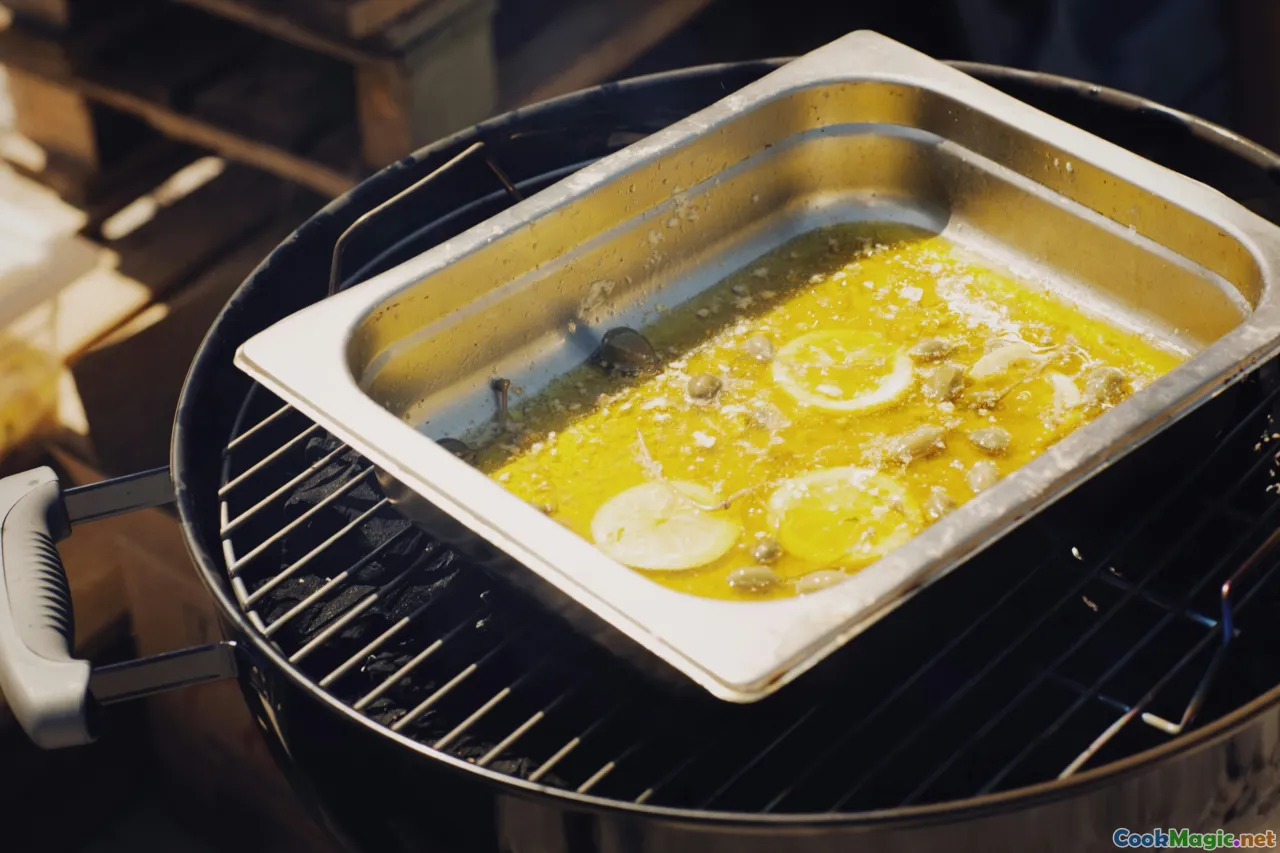
The Right Oil
Choose oils with high smoke points: peanut, sunflower, or avocado oil are excellent choices. These oils withstand high heat without imparting off flavors.
Temperature Control
Maintain the oil at 350-375°F (175-190°C). Use a thermometer for precision—too low, and foods become greasy; too high, and they burn before cooking through.
Resting and Draining
Let battered items rest on a wire rack for a minute before frying to allow the coating to adhere. After frying, drain excess oil using paper towels or a rack to keep the crust crispy.
Batch Frying
Avoid overcrowding the pan, which can cause oil temperature to drop. Fry in small batches to maintain consistency in crunch and color.
Cultural Classics Reinterpreted: Vegan Fried Foods Around the World
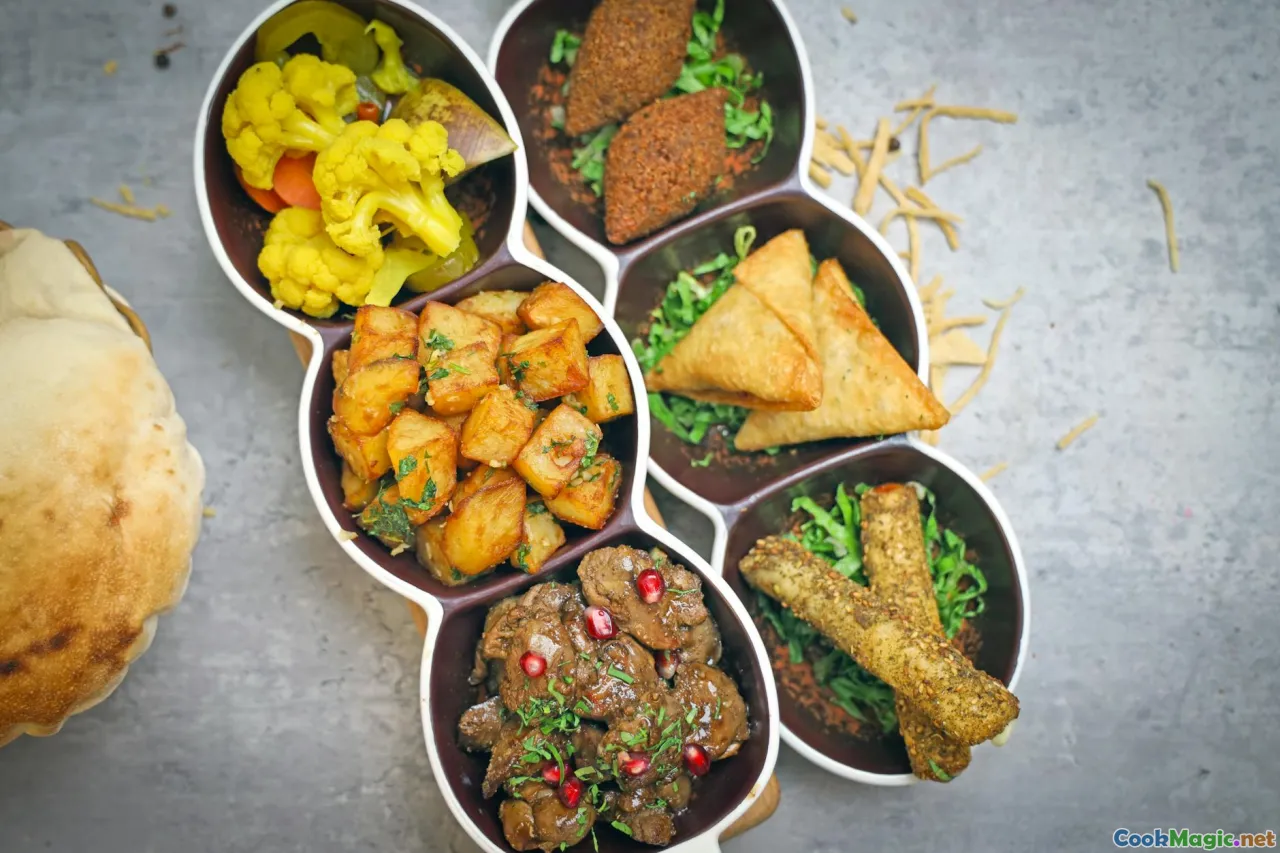
Exploring the world of vegan fried foods reveals rich traditions reimagined without animal products. Each culture has its crispy treasures, and adapting these to vegan principles often enhances texture and flavor.
Latin America: Plantain Chips and Empanadas
Thinly sliced plantains, fried until golden, delight with their innate sweetness and crispy edges. Likewise, vegan empanadas stuffed with beans, vegetables, and spices develop a satisfying crunch taking cues from Colombian or Argentinian styles.
Middle East: Falafel and Samosas
Crisp, herb-laden falafel balls and flaky vegan samosas use chickpeas, lentils, and robust spices. Achieving superior crunch involves thorough grinding and precise frying temperatures.
East Asia: Tempura and Gyoza
Vegan tempura, bursting with seasonally available vegetables, exhibits an impossibly light, airy coating. Japanese vegetable gyoza with crispy exteriors showcase the balance of moisture retention and crunch.
North America: Crispy Tofu Bites and Beyond
Vegan fried chicken-style bites—often with textured vegetable protein or tofu—are coated generously with seasoned flour and panko, frying to a golden, crispy coat that rivals traditional chicken.
Personal Tips: Elevate Your Crunch Game
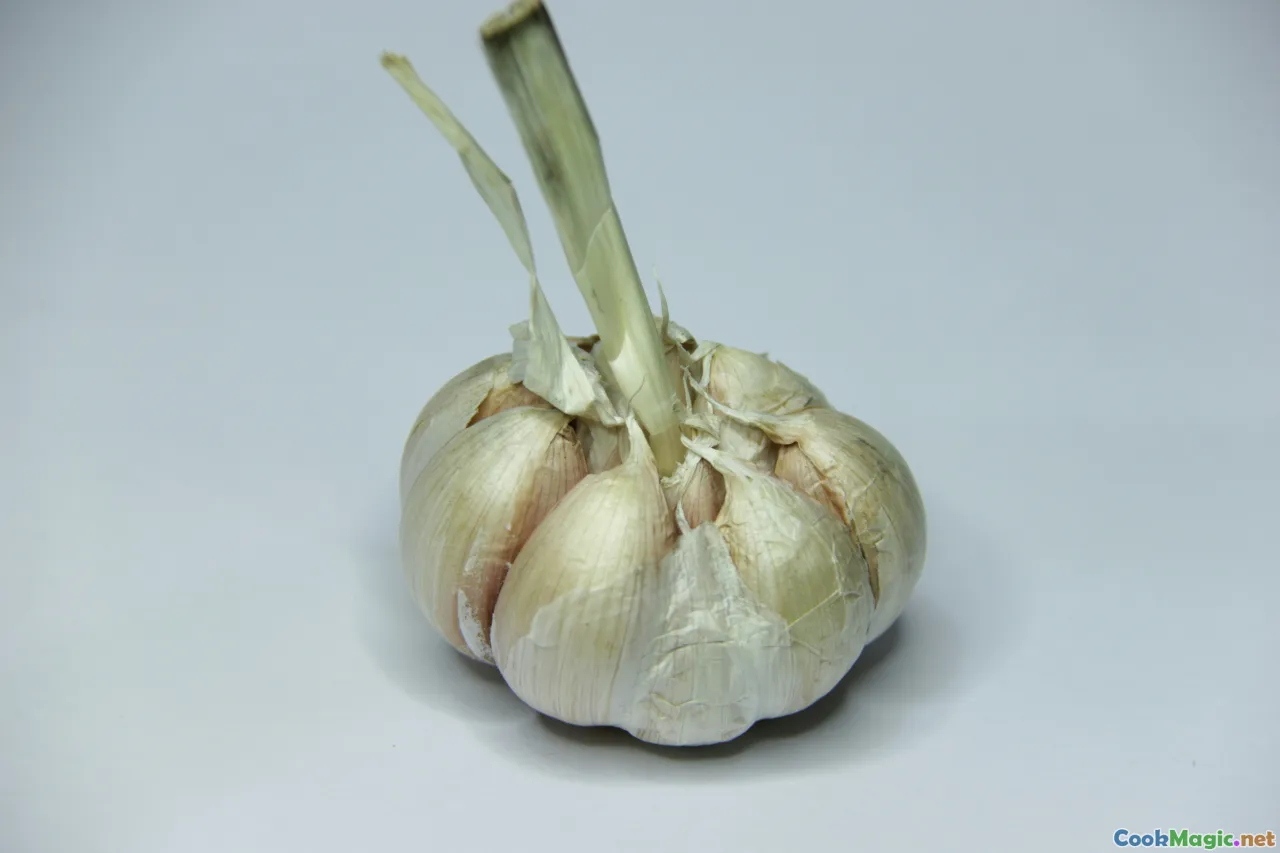
- Use cold batter or coating mixes to preserve the lightness.
- Incorporate cornstarch or rice flour for extra crispness.
- Double coat: dip in batter, coat in breadcrumbs, then re-dip for layered crunch.
- Let coatings rest before frying—a short timeout helps them adhere during cooking.
- Experiment with infused oils or adding aromatic herbs into your fryer oil for subtle flavor enhancements.
Final Reflections: Crunch as a Gateway to Joy
Creating perfectly crunchy vegan fried foods is a union of meticulous technique, cultural reverence, and sensory delight. It’s a way to celebrate textures that excite the palate and evoke memories of comfort, celebration, and home-cooked joy. From the crunch of a crispy battered zucchini to the crackle of seasoned plantain chips, mastering the art is an ongoing adventure—a pursuit rooted in curiosity, patience, and taste.
One memorable moment in my culinary journey was watching a street vendor in Kolkata toss sliced plantains into shimmering hot oil, their edges puffing and turning vibrant amber—a dance of heat and skill that culminates in a euphoric crunch with every bite. Just like that, achieving crunch is not merely technique, but a form of love expressed through heat and time.
So, experiment boldly, embrace the science, celebrate diverse traditions, and toast (with safely fried snacks) to the joy of crispy vegan delights.









